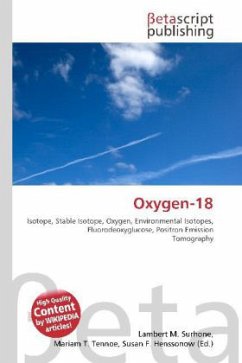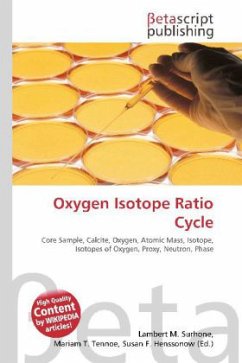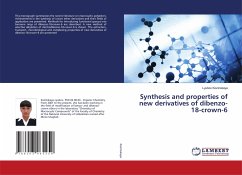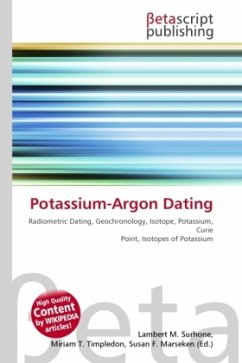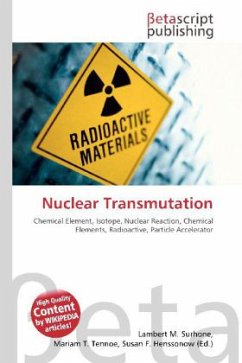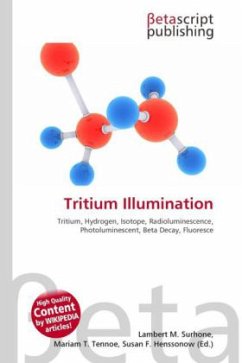Please note that the content of this book primarily consists of articles available from Wikipedia or other free sources online. Oxygen-18 (18O) is a natural, stable isotope of oxygen and one of the environmental isotopes. 18O is an important precursor for the production of fluorodeoxyglucose (FDG) used in positron emission tomography (PET). Generally, in the radiopharmaceutical industry, enriched water (H218O) is bombarded with hydrogen ions in either a cyclotron or linear accelerator creating fluorine-18. This is then synthesized into FDG and injected into a patient. In ice cores, mainly Arctic and Antarctic, the ratio O-18/O-16 ( 18O) can be used to determine the temperature of precipitation through time. Assuming that atmospheric circulation and elevation has not changed significantly over the poles, the temperature of ice formation can be calculated as equilibrium fractionation between phases of water that is known for different temperatures. Water molecules are also subject to Rayleigh fractionation as atmospheric water moves from the equator poleward which results in progressive depletion of O-18, or lower 18O values.
Bitte wählen Sie Ihr Anliegen aus.
Rechnungen
Retourenschein anfordern
Bestellstatus
Storno

